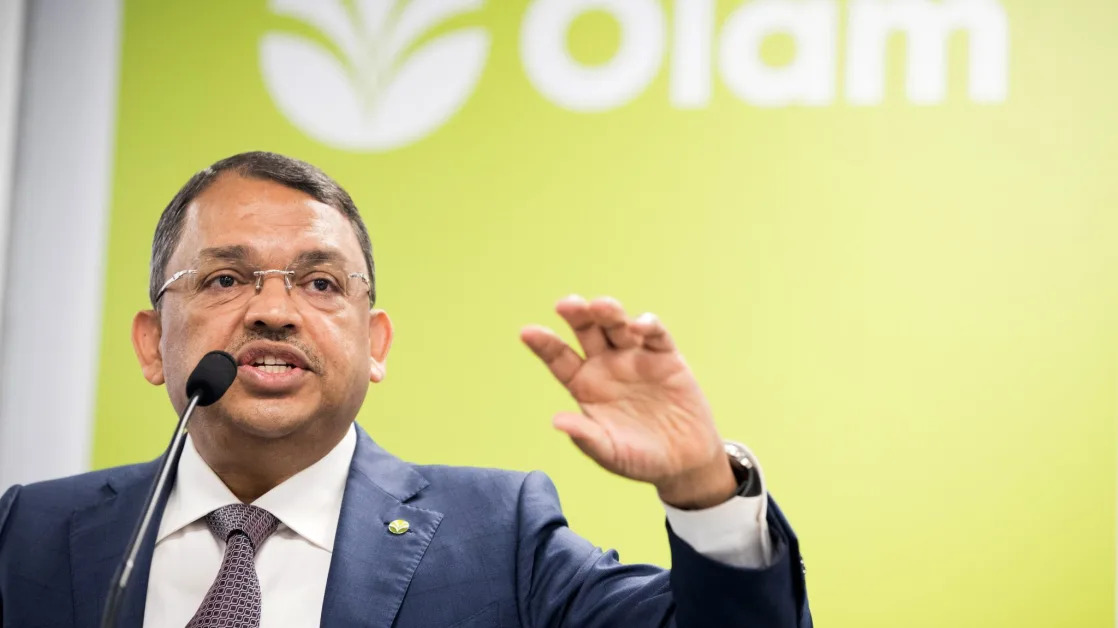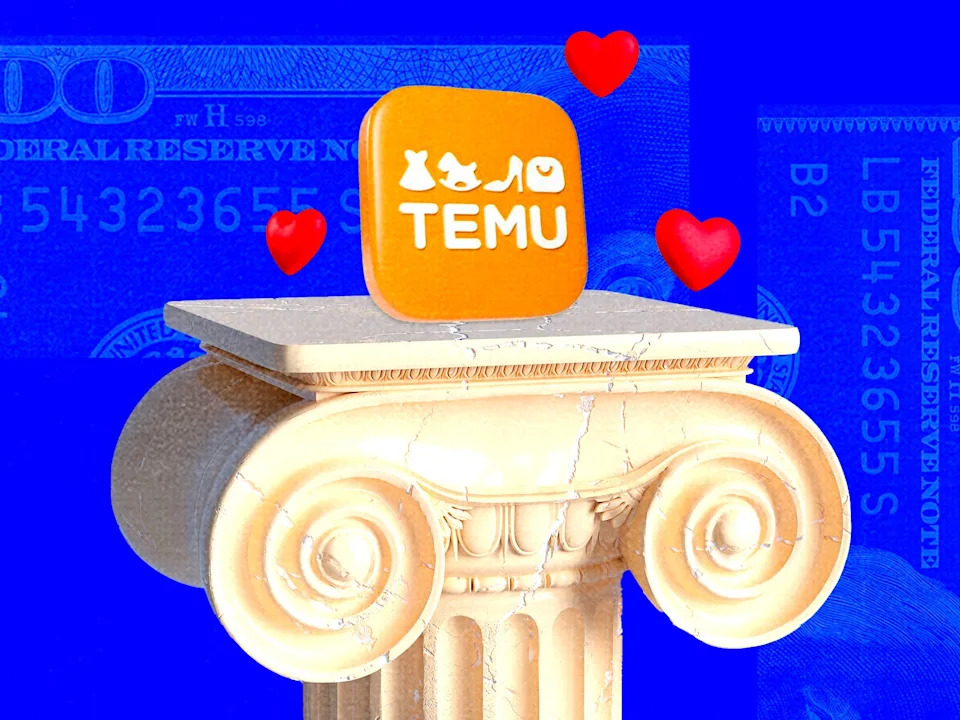LONDON (Reuters) -A U.S. trade court blocked most of President Donald Trump's tariffs in a sweeping ruling on Wednesday that found the president had overstepped his authority by imposing across-the-board duties on imports from U.S. trading partners.
Below is some detail on the ruling and a digest of other laws Trump could deploy to pursue his trade policy, according to analysts Goldman Sachs, Deutsche Bank and Panmure Liberum:
THE RULING
The Court of International Trade invalidated with immediate effect all of Trump's orders on tariffs since January that were rooted in the International Emergency Economic Powers Act (IEEPA), a law meant to address "unusual and extraordinary" threats during a national emergency.
It said the constitution gives Congress exclusive authority to regulate commerce with other countries.
Other laws:
SECTION 122
This could be one of the quickest options for Trump to implement.
The administration could replace the 10% across-the-board tariffs with similar duties of up to 15% under Section 122 of the Trade Act. They would last up to six months, after which Trump would require Congressional approval to extend them.
The law authorises the president to address a balance of payments deficit or to prevent an imminent and significant depreciation in the dollar, but it does not require any formal investigation or process, so the administration could implement it within days if deemed necessary.
SECTION 301
The U.S. Trade Representative (USTR) could launch investigations under Section 301 on unfair trade practices of the 1974 Trade Act, on key trading partners, laying the groundwork for tariffs at a later date.
It would require a probe and public comment, which can take months. There is not limit to the level or duration of tariffs.
In his first term, Trump invoked the same unfair trade practices statute to impose tariffs of up to 25% on some $370 billion worth of Chinese imports in 2018 and 2019, triggering a nearly three-year trade war with Beijing.
SECTION 232
Trump has already used Section 232 on national security grounds for autos, steel and aluminium tariffs and has launched probes into imports of both pharmaceuticals and semiconductors as part of a bid to impose tariffs on both sectors.
One option would be to expand its use to other sectors, Deutsche Bank and Goldman analysts said.
Like Section 301, it requires time for public comment and can take months, however.
Goldman analysts noted that Trump has not emphasised sectoral tariffs as frequently recently as he did earlier this year, but if the White House has less flexibility on tariffs applied to countries, sectoral tariffs might receive more attention again.
SECTION 338 OF THE TRADE ACT OF 1930
Trump could also dust off a 1930 trade law largely forgotten for decades, which allows him to impose duties of up to 50% on imports from countries found to discriminate against U.S. commerce.
The authority, which has been threatened but never used to impose tariffs, is similar to that under Section 301, except that it limits the size of tariffs. But it does not require a formal investigation, Goldman analysts said.
(Compiled by Josephine Mason; Editing by Hugh Lawson)





